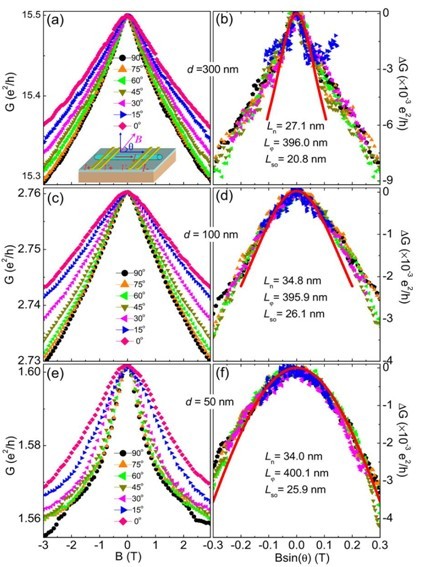Figure 1. (top left )SEM and TEM images of Bi2Te3 nanowires with diameter of 50 nm; (top right) SdH quantum oscillations in perpendicular magnetic field; (bottom right) the Landau index number versus reciprocal magnetic field, indicating two kinds of SdH oscillations in surface states. (bottom left) AB quantum oscillations indicating the surface nature of the conduction.

Figure 2 The angle-dependent magnetoconductance of Bi2Te3 nanowires with diameter of 300 nm, 100 nm and 50 nm. The solid red lines are the fit with one-dimensional localization theory. All the traces were normalized to a single curve in low field range, indicating the surface nature of the magnetoconductance.